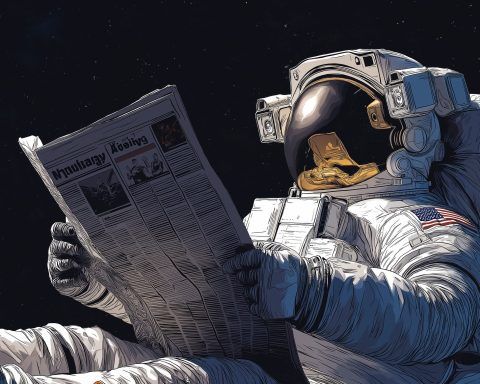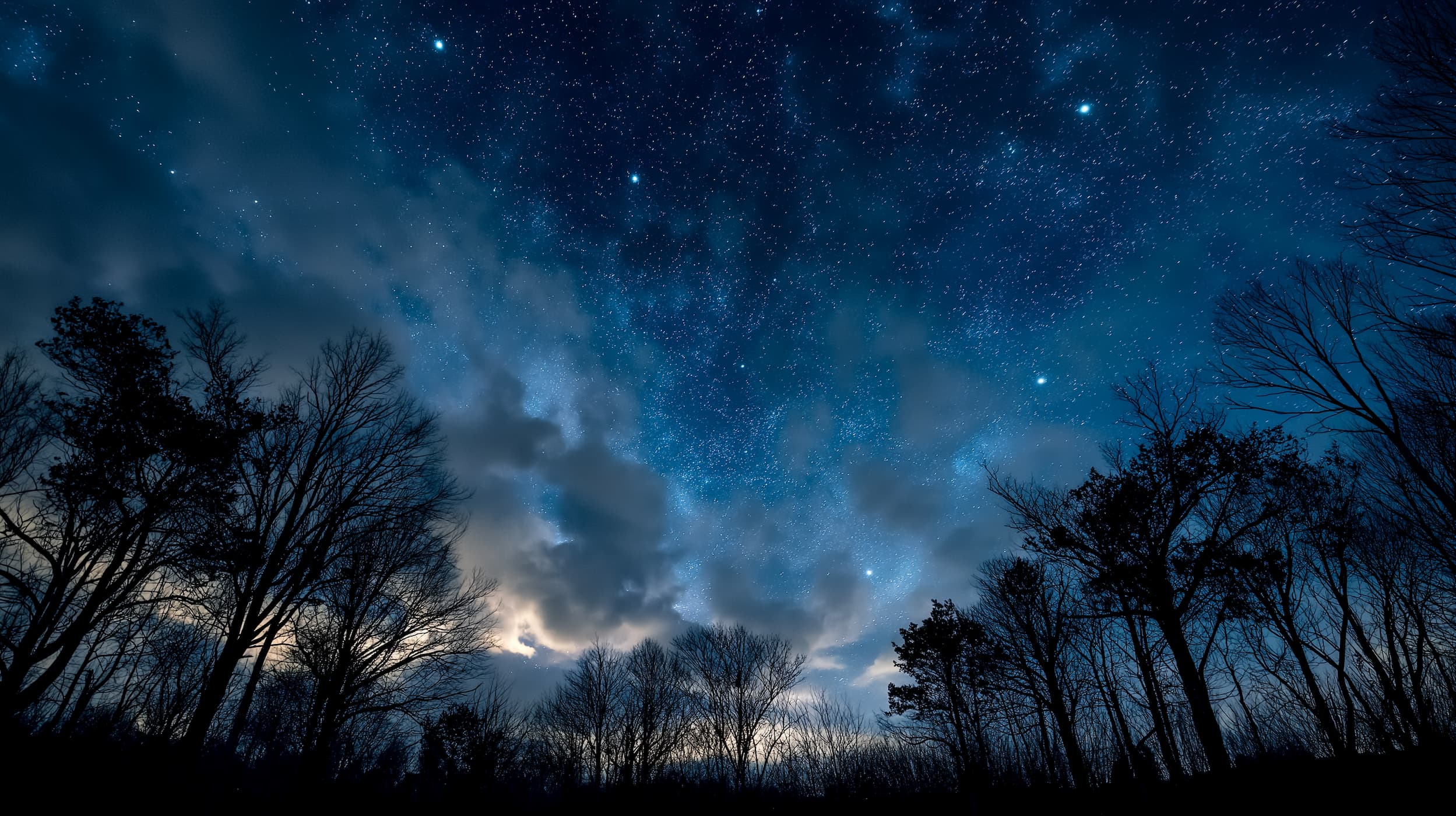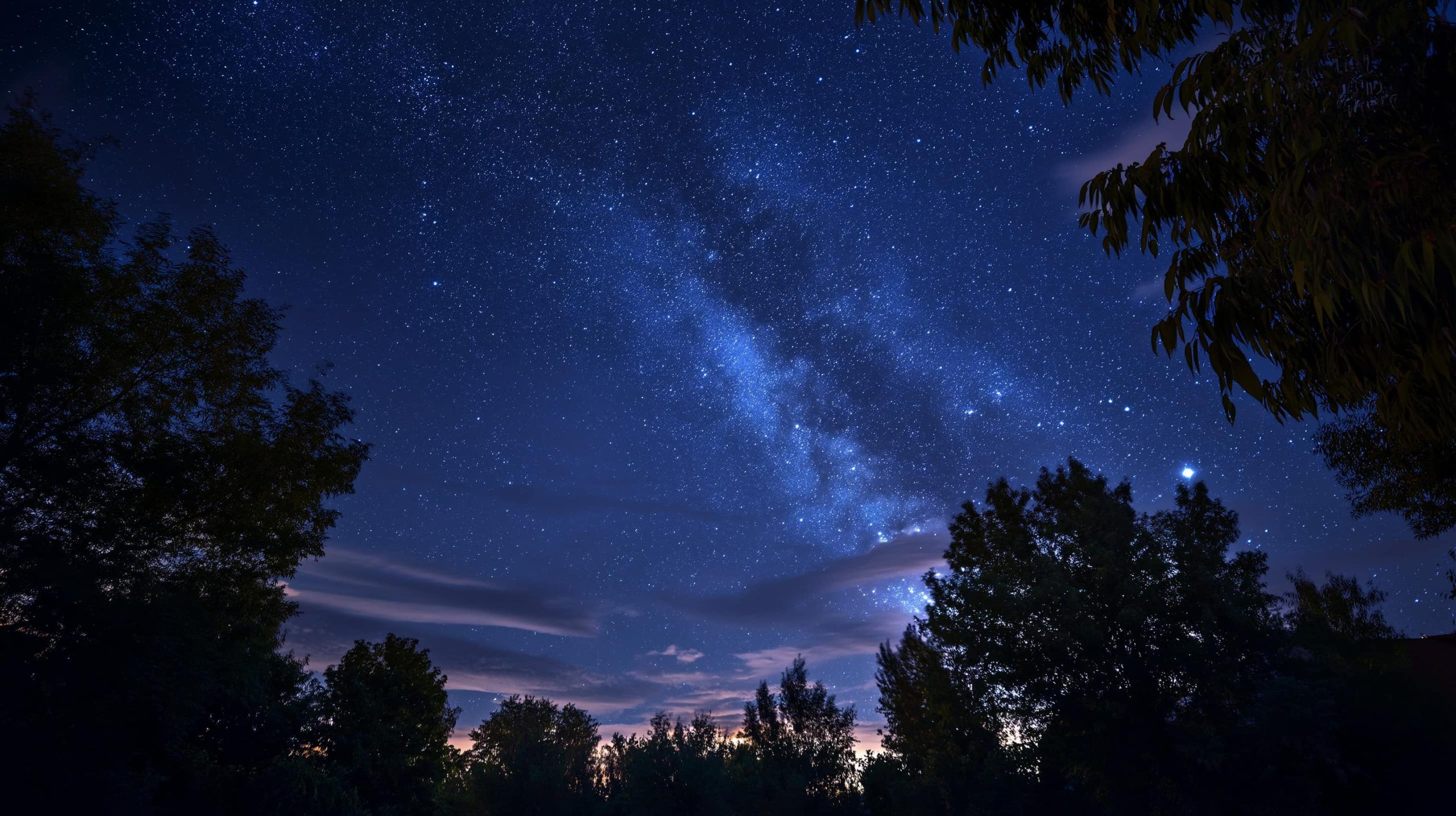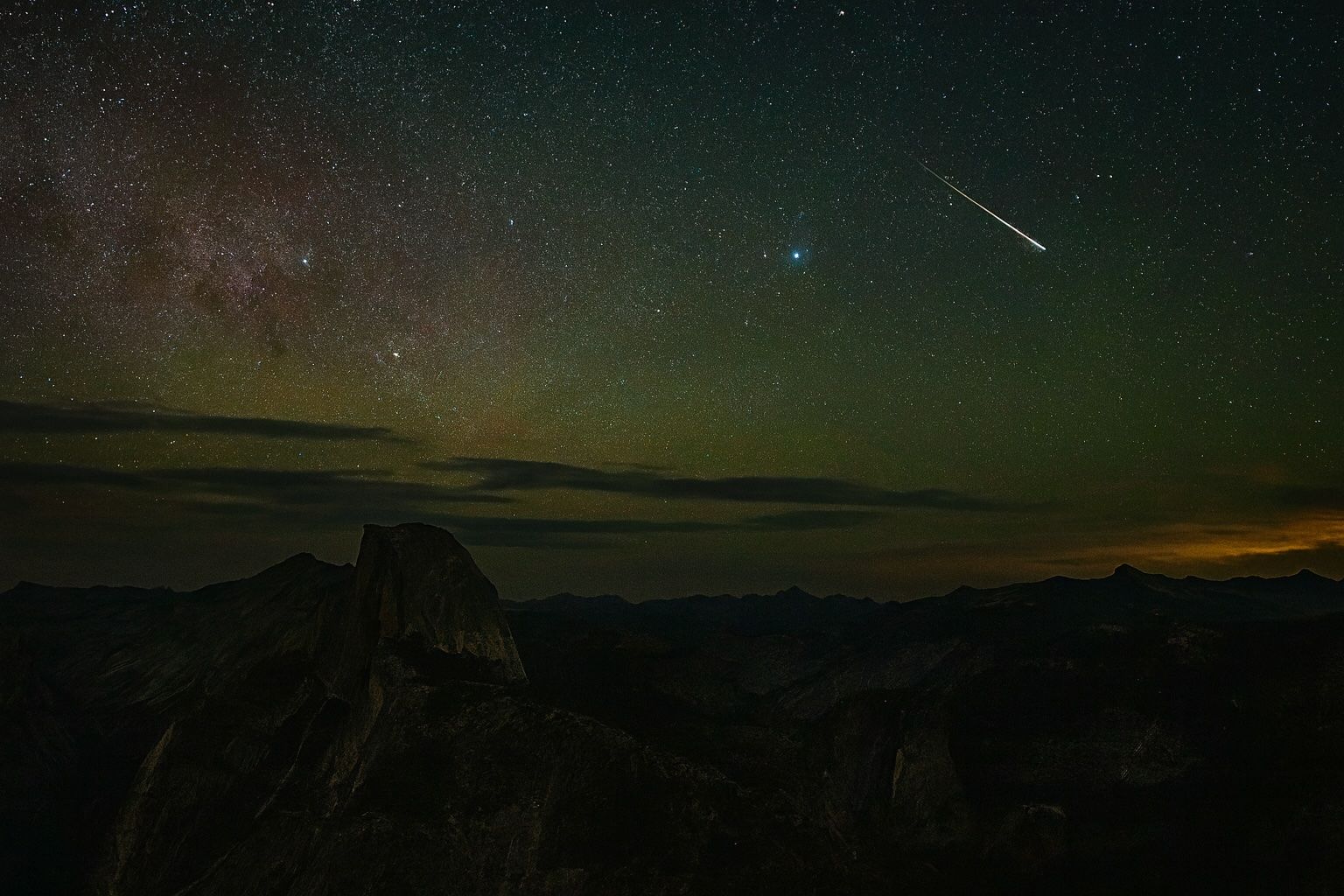
The Universe Is Expanding Even Faster Than We Thought – New Study Sparks Cosmic ‘Crisis’
A Surprise in the Stars: New Study Measures Faster Expansion Recent observations have delivered a startling message: the universe appears to be expanding even faster than our standard cosmological model predicts phys.org. In a new high-precision study, a team led










